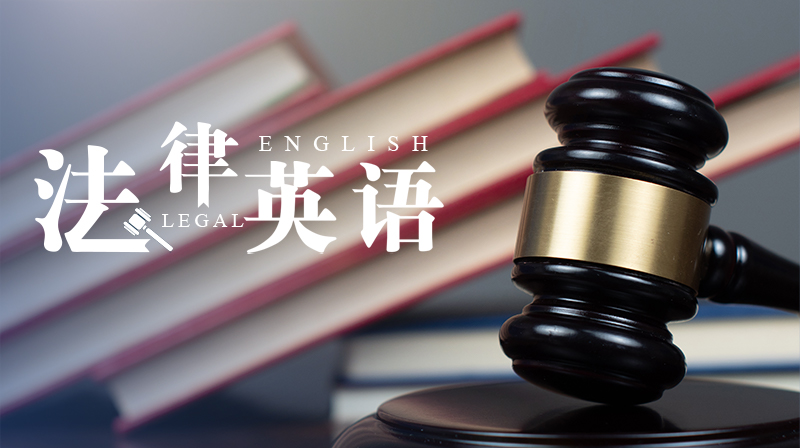第五章单元测试
- In common law jurisdictions, courts interpret law; this includes________. ( )
- In the People's Republic of China, the final authority on the interpretation of the law is the National People's Congress. ( )
- In both New York and Maryland, the highest state court is called the____. ( )
- At the appellate level, the judges review the written transcription of the trial, which includes all the nonverbal elements. ( )
- At federal level, the equivalent of a state trial court of general jurisdiction is the ____court. ( )
- The Supreme Court is empowered to create other inferior courts as it deems necessary. ( )
- Jury vetting, as a means to reduce the randomness, is the investigation of jurors’ ____to determine whether they are suitable for jury service. ( )
- The jury is made up of law professionals that are competent to put forward any opinion on law. ( )
- The powers and functions of the federal grand jury differ from those of the federal trial jury, which is called the____. ( )
- When the grand jury has received all the evidence on a given charge, all persons must stay in the room so that the grand jury may begin its deliberations. ( )
A:disciplines, statutes, regulations B:disciplines, rules, regulations C:constitutions, statutes, regulations D:constitutions, rules, regulations
答案:constitutions, statutes, regulations
A:错 B:对
答案:对
A:court of questions B:court of disputes C:court of appeals D:court of issues
答案:court of appeals
A:错 B:对
答案:错
A:district B:high C:low D:super
答案:district
A:对 B:错
答案:错
A:family B:backgrounds C:offspring D:lover
答案:backgrounds
A:对 B:错
答案:错
A:middle jury B:small jury C:grand jury D:petit jury
答案:petit jury
A:错 B:对
答案:错
